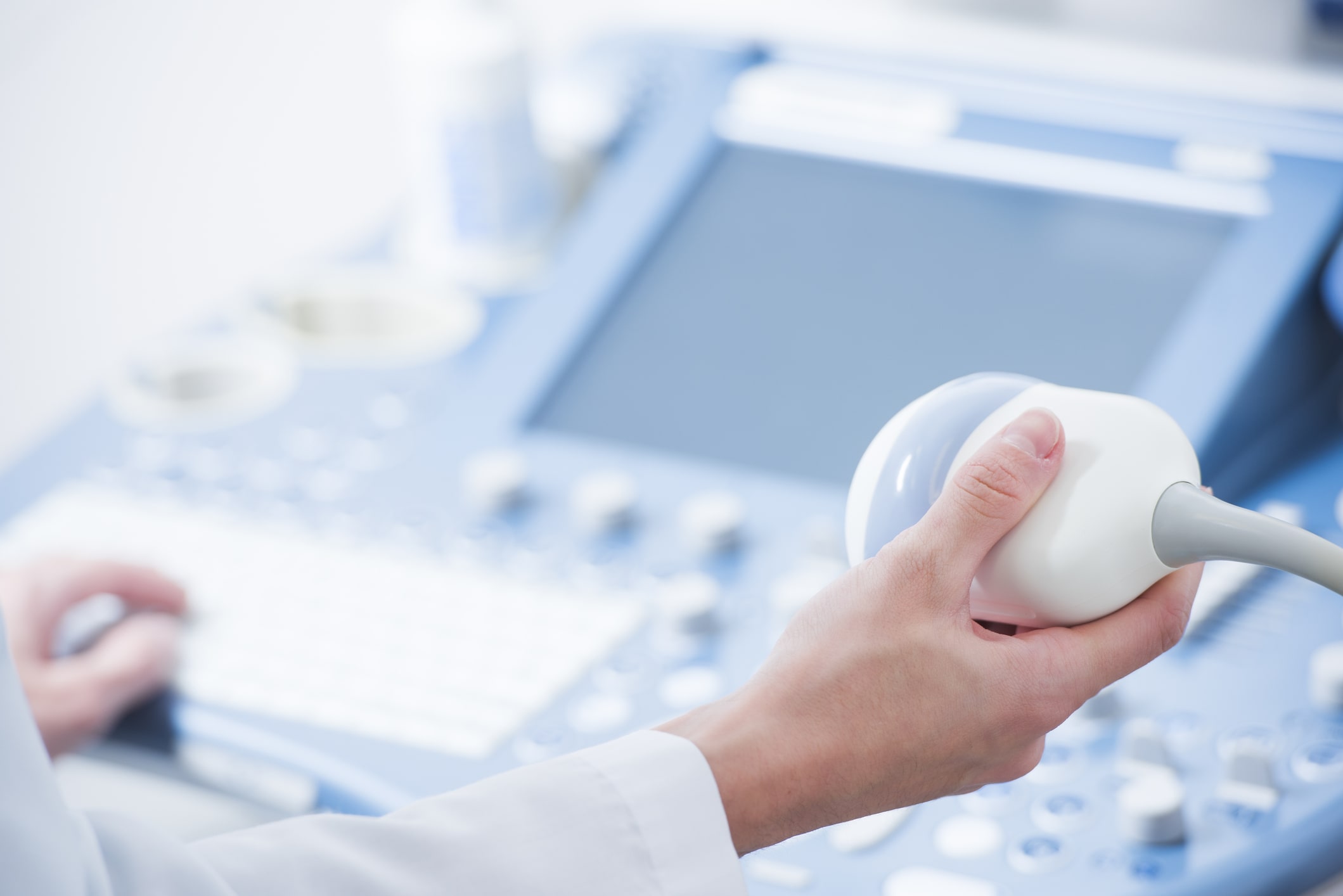What Can an Ultrasound Detect?
Ultrasound imaging, also known as sonography, uses high-frequency sound waves to create images of the inside of the body. Many people associate this procedure with the abdominal ultrasounds performed during pregnancy. Doctors can use ultrasound results to diagnose a wide range of conditions. Discover the capabilities of ultrasound imaging and its safety.
How Does an Ultrasound Work?

Where Do Technologists Perform Ultrasounds?
Technologists can use ultrasound technology to get images of many parts of the body. Medical professionals request ultrasound tests for conditions related to abdominal issues, obstetrics, urology, circulation, the musculoskeletal system and more. An ultrasound can create images of body parts such as:
- Reproductive organs
- Muscles, joints and tendons
- Bladder
- Thyroid
- Gallbladder
- Spleen
- Heart and blood vessels
- Pancreas
Health Issues Detected Using Ultrasounds
An ultrasound can help with the diagnosis of multiple conditions related to your tissues or organs. They can also evaluate the status of a patient’s bones. Doctors use ultrasounds to diagnose conditions such as:
- Infections: Certain types of ultrasounds can capture a patient’s blood flow. In some cases, increased blood flow can indicate an infection.
- Cardiovascular issues: Ultrasounds that detect blood vessels can also find narrowed vessels or blockages to blood flow.
- Tumors and cysts: An ultrasound can find dense areas of tissue such as tumors or cysts. It shows cysts differently from tumors to help your doctor make a diagnosis.
- Uterine fibroids: Fibroids and other conditions related to the female reproductive system show up on ultrasounds. An ultrasound can help doctors find the source of pelvic pain.
- Thyroid conditions: Doctors sometimes use ultrasound to detect thyroid issues such as growths or abnormal activity. The test will also help them determine if a thyroid nodule needs a biopsy.
Can an Ultrasound Detect Ulcers?
Patients commonly ask if ultrasounds can show stomach ulcers. Ultrasound technology cannot find ulcers, but other types of diagnostic tests can. Doctors usually request a test for the bacteria that causes stomach ulcers, an x-ray series or an endoscopy. Some research explores the potential for finding ulcers with an ultrasound, but experts do not have enough data to recommend it.
Do Ultrasounds Have Any Risks?
In most cases, ultrasounds have little to no risks. Ultrasound technology can cause tissues to heat slightly or create small pockets of gas in body tissues. Experts do not know the long-term impact of these side effects. As a result, they discourage getting an ultrasound for a non-medical purpose.
Schedule an Ultrasound at Envision Imaging
Envision Imaging performs diagnostic imaging for patients in Texas, Oklahoma, and Louisiana. If you need an ultrasound, you can rely on our team’s expertise and compassion. Browse our locations to request your next diagnostic imaging appointment. Our world-class facilities, compassionate care and accurate results ensure a pleasant and reliable experience.Call To Schedule Your Appointment


